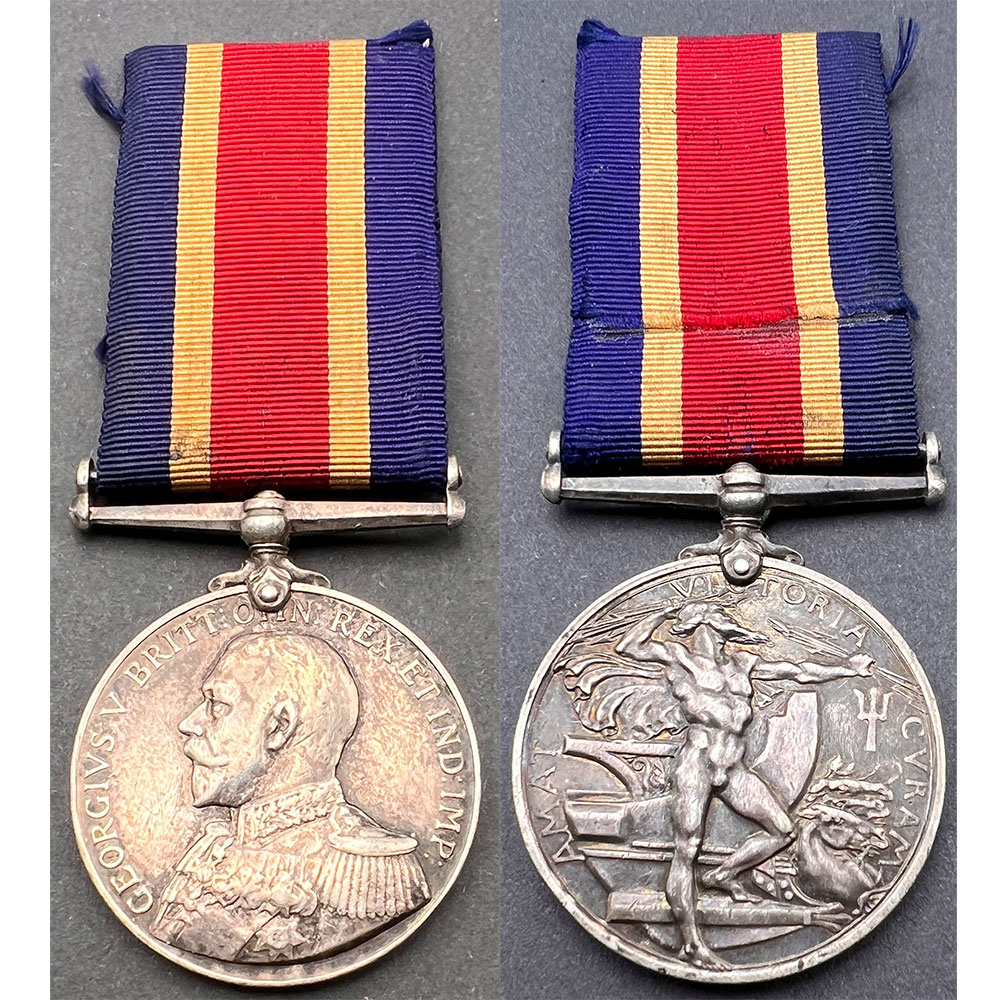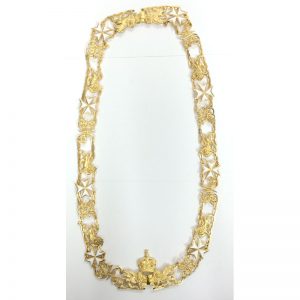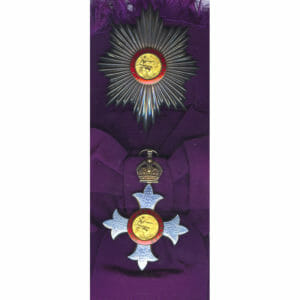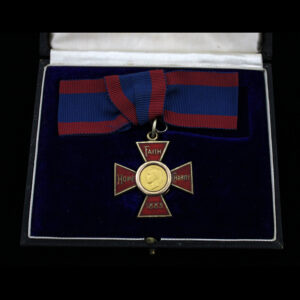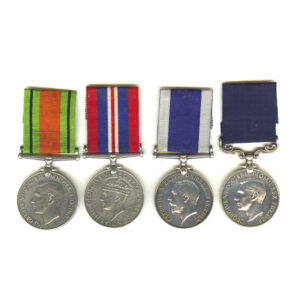Description
Naval Good Shooting Medal, GV, Petty Officer Sidney Jones, HMS Orion, earned in 1914 as one of the very last awards before the war. An original HMS Orion man from 1912-1919.
Officially impressed: “196041 S. Jones, P.O., H.M.S. Orion 1914 13.5 IN. B.L.”
An original member of the Orion, joining them for her first commission in 1912 as a Petty Officer, rising to Chief Petty Officer.
Served on Orion for her entire service from 1912-1919
Sidney Jones, was born in Barnstaple, Devon on 30th August 1882.
First joined the Navy at the young age of 15 years old as a Boy on 8th October 1897.
Became of age and rated as Ord Seaman on 30th August 1900.
A.B. on 19th Novmber 1902.
On HMS Essex on 11th January 1905 he was promoted to Leading Seaman, followed by another swift promotion to Petty Officer 2nd Class on 6th July 1905.
Promoted Petty Officer 1st Class 22nd February 1907 on HMS Amphitrite.
Petty Officer (New System) on HMS Ocean, 19th February 1909.
On 23rd March 1912, he joined the newly commissioned HMS Orion, which he would serve onboard for the next 7 years.
During 1914, he was Petty Officer of Orion, when he earned this medal in the Naval Gunnery Competition of 1914, the very last year of the award of this medal before the war ended the award of the medals.
Appointed as Acting Chief Petty Officer of Orion on 1st August 1919, and Chief Petty Officer, 5th March 1919.
He left the Orion and spent his last 2 years on HMS Curlew from 27th April 1920 to 14th September 1922.
He was discharged to the Royal Fleet Reserve from 22nd February 1924, finishing out his service by 30th September 1927.
By the time he officially left the navy, it had been about 30 years since he first joined.
HMS ORION IN THE GREAT WAR, BOMBARDMENT OF HARTLEPOOL AND BATTLE OF JUTLAND
The Orion was the very first and Lead Ship of the four Dreadnought Battleships built for the Royal Navy in the 1910s.
Her main armament was the newly produced BL 13.5 inch gun, a mammoth weapon designed for the Orion Class, which Sidney earned his medal shooting.
Early into the war during the Bombardment of Scarborough, Hartlepool and Whitby, the Orion was one of 6 dreadnoughts mustered by Vice Admiral Warrender along with 4 battlecruisers, that were sent out to intercept the German’s, after naval intelligence had intercepted their plans for an attack on British shores
The screening forces of each side blundered into each other during the early morning darkness and heavy weather of 16 December. The Germans got the better of the initial exchange of fire, severely damaging several British destroyers, but Admiral Friedrich von Ingenohl, commander of the High Seas Fleet, ordered his ships to turn away, concerned about the possibility of a massed attack by British destroyers in the dawn’s light. A series of miscommunications and mistakes by the British allowed Hipper’s ships to avoid an engagement with Beatty’s forces. One of these occurred when Orion’s lookouts spotted the light cruiser SMS Stralsund and failed to engage because Arbuthnot refused to allow the ship to open fire without a command from Warrender.
THE BATTLE OF JUTLAND
In an attempt to lure out and destroy a portion of the Grand Fleet, the High Seas Fleet, composed of sixteen dreadnoughts, six pre-dreadnoughts and supporting ships, departed the Jade Bight early on the morning of 31 May. The fleet sailed in concert with Hipper’s five battle cruisers. Room 40 had intercepted and decrypted German radio traffic containing plans of the operation. In response the Admiralty ordered the Grand Fleet, totalling some 28 dreadnoughts and 9 battlecruisers, to sortie the night before to cut off and destroy the High Seas Fleet.
On 31 May, Orion, under the command of Captain Oliver Backhouse, was the lead ship of the 2nd Division of the 2nd BS and was the fifth ship from the head of the battle line after deployment.
During the first stage of the general engagement, the ship fired four salvos of armour-piercing, capped (APC) shells from her main guns at the battleship SMS Markgraf at 18:32, scoring one hit that knocked out a 15-centimetre (5.9 in) gun and killed or disabled its crew.
About 19:15, she engaged the battle cruiser SMS Lützow at a range of 18,700–19,800 yards (17,100–18,100 m) with six salvos of APC shells and claimed to straddle her with the last two salvos.
These last salvos were actually fired at the destroyer SMS G38 which was screening the battle cruiser and laying a smoke screen.
Lützow was also fired at by Monarch during this time and was hit five times between the sisters. They knocked out two of her main guns, temporarily knocked out the power to the sternmost turret as well as causing a fair amount of flooding.
This was the last time that Orion fired her guns during the battle, having expended a total of fifty-one 13.5-inch APC shells.
